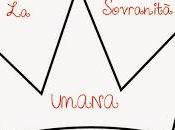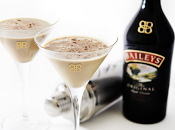"To compose a good menu you need to know the seasonal rhythms of the raw materials, the experience in matching colors and flavors, the taste and technique in the combination of food and wine, as well as intuition and imagination to follow the rules".
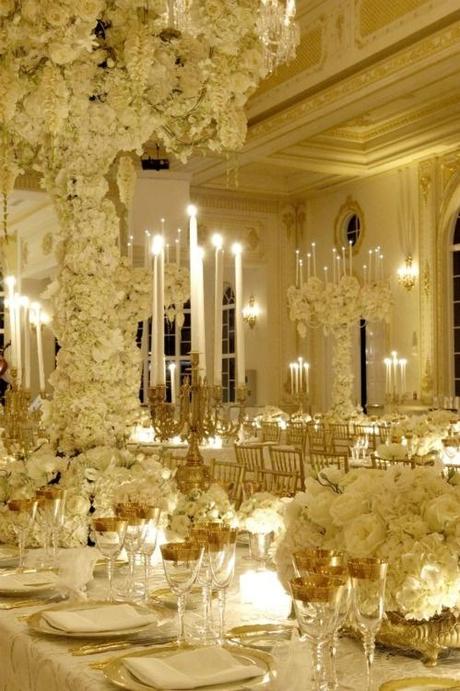
1:
Adottate lo schema classico all'italiana che prevede cinque portate suddivise tra antipasti, un primo (asciutto o in brodo) un secondo di carne o pesce con contorni, dolce e frutta. 1: Adopted the classic Italian style which includes five courses divided into appetizers, a first dish (dry or soup), a second dish including meat or fish with vegetables, dessert and fruit.2: Scegliete le materie prime e decidete il vostro menu come fanno i ristoranti migliori che variano la lista ogni giorno in funzione del mercato.
2: Select raw materials and decide your menu like a best restaurants, that vary the list each day depending on the market.3: Create la progressione dei sapori e dei condimenti partendo da antipasti o primi più leggeri per arrivare al piatto di mezzo più forte ed impegnativo. Poi invertite la progressione con formaggi delicati e dolci "al cucchiaio".
3: Create the progression of flavors starting from appetizers or light first dish to get to a stronger main plate. Then reverse the progression with mild cheeses and "puddings" desserts.4: Abbinate le portate secondo una "logica interna" che guidi l'abbinamento e la loro successione.
4: Combine the courses according to an "internal logic" of match and succession.5: Evitate l'abbinamento di carne e pesce ma scegliete una sola linea e seguitela fino in fondo.
5: Avoid the combination of meat and fish but choose only one line and follow it till the end.6: pranzo a base di carne: antipasto di salumi, un primo asciutto, un secondo con i suoi contorni e formaggi dal gusto deciso.
6: lunch of meat: salami appetizer, dry pasta, a second dish with its contours and cheese with a strong taste.7: pranzo di pesce: antipasti di crostacei, una pasta o riso a base di pesce, un secondo ed infine un delicato dessert.
7: lunch of fish: crustaceans appetizers, pasta or rice with fish, a second dish and finally a delicate dessert.8: I contorni non devono sovrastare i piatti principali: seguite le regole del territorio e del mercato. Per quanto riguarda l'insalata, questa va servita tra il secondo ed il dessert.
8:The contours should not "dominate" the main dishes: follow the rules of the region and the market. Regarding the salad, it should be served between the second dish and the dessert.9: Alla fine di un pasto importante servite dei dolci a base di pasta mentre per i menù più leggeri sono più indicati quelli "al cucchiaio", a base di frutta o gelato.
9: At the end of a great meal, cakes are suggested; for a lighter menu "spoon" dessert, based on fruit or ice cream, are more suitable.
10: La frutta viene servita per ultima in quanto ripulisce la bocca dai sapori del pranzo e dall'untuosità delle pietanze.
10: Fruit is served at the end, because it gives freshness after the courses of the lunch.Luigi Veronelli, enologo, cuoco, gastronomo, e scrittore italiano era solito dire che "la migliore regola è quella di andare contro alle regole", quando gli veniva chiesto come si abbinano i vini al cibo.
Luigi Veronelli, winemaker, chef, restaurateur, and Italian writer used to say that "the best rule is to go against the rules" answering to the question "how to match wines to food".
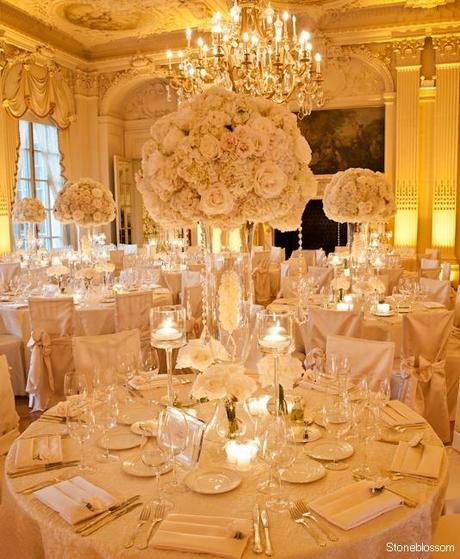
Vini e cibi sono costituiti da elementi gustativi divisi in quattro sapori fondamentali: il salato, l'aspro, il dolce e l'amaro. Quelli che vi elenco sono i principi di base che possono essere forniti come guida nell'abbinamento.
Wines and foods are made up of taste divided into four basic flavors: salty, sour, sweet and bitter. Here below you can find the basic principles of wine-pairing.Pasta e riso:Sughi a base di carne richiedono vini rossi, condimenti a base di pesce prediligono vini bianchi e piatti con funghi si accompagnano ai vini rosati.
Pasta and rice:Gravy requires red wines, seafood sauces prefer white wines and dishes with mushrooms should be combined with rosé wines.Pesci, crostacei ecc:Pesci bianchi, crudi, al vapore e grigliati chiedono vini bianchi delicati mentre per i fritti sono adatti vini leggermente frizzanti. Pesci al forno, zuppe e brodetti si abbinano ai vini rossi di buon corpo o ai rosati decisi.
Fish, crustaceans, etc: White, raw, steamed and grilled fishes should be combined with delicate white wines while for fried fish lightly sparkling wines are more suitable. Baked fish, soups and stews should be served with full-bodied red wines or decided rosé.
Carni:Alla griglia o ai ferri, di manzo, maiale e vitello chiamano vini rossi come il sangiovese; le carni bollite sono eccellenti con i vini rossi piemontesi mentre le carni in padella o al forno sono accompagnate con vini rossi morbidi; infine brasati e cacciagione si sposano con grandi vini rossi di lungo invecchiamento.
Meats: Broiled or grilled, beef, pork and veal are combined with red wines like Sangiovese; boiled meats are excellent with red wines of Piemonte, while meat cooked in a pan or in oven should be accompanied with soft red wines; finally with braised meat and game great red long-aged wines are particularly suitable.Funghi, tartufi, ortaggi:I funghi sopportano solamente vini morbidi bianchi mentre con il tartufo entrano in scena Barolo e Barbaresco. Gli ortaggi, salvo alcune eccezioni, preferiscono l'acqua al vino.
Mushrooms, truffles, vegetables:Mushrooms should be combined only with soft white wines while with truffles Barolo and Barbaresco are perfect. Vegetables, unless some exceptions, prefer water to wine.
Formaggi e salumi:Quasi sempre vini, salumi e formaggi del medesimo territorio si sposano felicemente. Ad alcuni formaggi saporiti e particolari sono permessi i grandi "muffati".
Cheese and cured meats:Almost always, wines, meats and cheeses of the same region are combined perfectly. For some tasty and special cheese are allowed the greats "muffati."Frutta:Con la frutta non si serve alcun vino.
Fruits:None wine is served with fruits.Dolci:Dessert al cucchiaio hanno bisogno di vini non eccessivamente dolci; dolci a pasta lievitata hanno come partner ideali i vini di Moscato frizzanti; le torte a base di frutta amano vini altrettanto delicati mentre quelle da grande pasticceria richiedono vini moderatamente dolci. Evitate di accostare vino a gelati e sorbetti mentre i dolci al cioccolato si uniscono meglio ad un grande distillato o a un liquore dolce.
Desserts:Creamy desserts need not so sweet wines; light filled pastry is perfectly combined with sparkling Moscato wines; fruit cakes should be served with delicate wines and haute patisserie requires moderately sweet wines. Avoid to combine wine with ice creams or sorbets; finally chocolate desserts excellently match with brandy or a sweet liqueur.
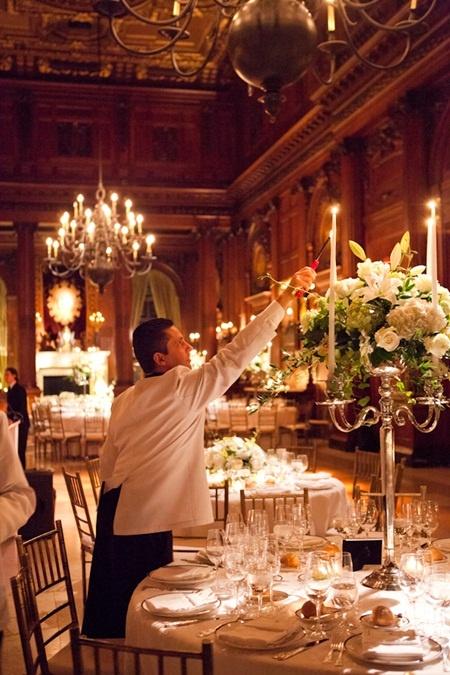
photo by pinterest; report by benessere
Rosi

